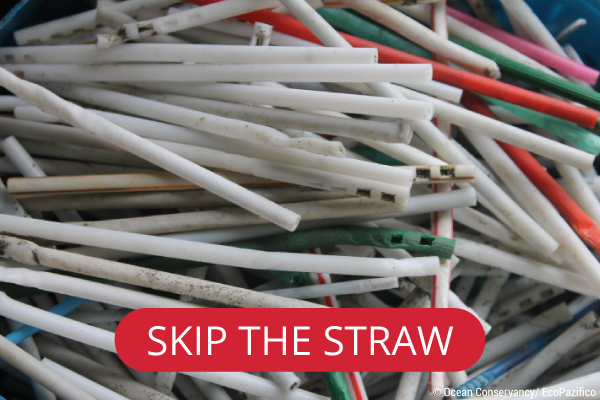While Walmart doesn't srping to mind when considering conservation, they are a company that is so big, that their efforts may have big effect. World Wildlife Fund (WWF), the Foundation for Food and Agriculture Research (FFAR), and the Walmart Foundation today announced a research program to maximize crop utilization and edible food recovery. With two grants from FFAR and the Walmart Foundation totaling $1.3 million, WWF will work with research teams across the country including University of California, Davis and the Global Cold Chain Alliance to identify practical opportunities for producers to increase the proportion of crops that are harvested and delivered to the highest value destinations.
Of the estimated 63 million tons of food lost or wasted annually in the U.S., more than 80% is lost or wasted in consumer-facing businesses and in homes. While it’s estimated that less food is lost on farms, the lack of data quantifying this loss in different crops makes it difficult to validate estimates, identify drivers and define cost-effective solutions. Over the next 22 months, research teams aim to bridge those data gaps and test interventions to maximize crop utilization and profitability on farms.
“Our nation’s producers work hard every harvest to provide food, fuel, and fiber to our economy, but they don’t always see the same return on investment,” said Sally Rockey, Ph.D., FFAR Executive Director. “This on-farm research will uncover opportunities for growers to do more with the same resources. I look forward to practical results that will bolster bottom lines for farmers and deliver more nutritious food to dinner tables.”
As part of the first phase of the program, researchers at University of California, Davis (UC Davis) are working with farmers to gather their input on strategies and opportunities for maximizing crop harvest and use. Their research is focusing on leafy greens, peaches, and tomatoes. UC Davis will also quantify the environmental impacts from seed to harvest for each of these crops. A team led by the Global Cold Chain Alliance will collect qualitative and quantitative data and organize field studies to estimate on-farm and postharvest losses, and identify the current destinations of produce that never makes it to someone’s dinner plate or another end use. Initial research will focus on the harvesting of potatoes in Idaho and Eastern Oregon, tomatoes in Florida, romaine lettuce in Arizona, and peaches in New Jersey.
“The best way to feed people without putting more stress on our environment is to increase the availability of food that has already been produced,” said Jason Clay, WWF’s senior vice president of markets and food. “Each bite that doesn’t reach consumers represents a loss of the natural resources—and money—used to produce it. We’re grateful to the Foundation for Food and Agriculture Research and Walmart Foundation for supporting research that can help promote more efficient use of land, water, energy, and natural resources, and deliver more crops to the highest value destinations.”
Researchers will use well-established systems—such as the Community System Assessment Methodology, Life Cycle Assessment, and World Resource Institute’s Food Loss and Waste Standard—to ensure consistent reporting across different in-field and supply chain measurement methods, and to facilitate collaborative research and interventions. The project aims to collaborate with other farm-level research projects and pilots within the food rescue community.
“We’re proud to support this research to find ways to deliver more crops from field to plate,” said Eileen Hyde, director for Walmart Giving. “This program aligns with the Walmart Foundation’s philanthropic work to address gaps in the food system upstream to prevent food waste.”
ABOUT WWF
WWF is one of the world’s leading conservation organizations, working in 100 countries for over half a century. With the support of almost 5 million members worldwide, WWF is dedicated to delivering science-based solutions to preserve the diversity and abundance of life on Earth, halt the degradation of the environment and combat climate change. Visit www.worldwildlife.org to learn more and keep up with the latest conservation news by following @WWFNews on Twitter.
ABOUT THE FOUNDATION FOR FOOD AND AGRICULTURE RESEARCH
The Foundation for Food and Agriculture Research, a 501 (c) (3) nonprofit organization established by bipartisan congressional support in the 2014 Farm Bill, builds unique partnerships to support innovative and actionable science addressing today’s food and agriculture challenges. FFAR leverages public and private resources to increase the scientific and technological research, innovation, and partnerships critical to enhancing sustainable production of nutritious food for a growing global population. The FFAR Board of Directors is chaired by Mississippi State University President Mark Keenum and includes ex officio representation from the U.S. Department of Agriculture and National Science Foundation.
--Published on this site by Amy Lou Jenkins










